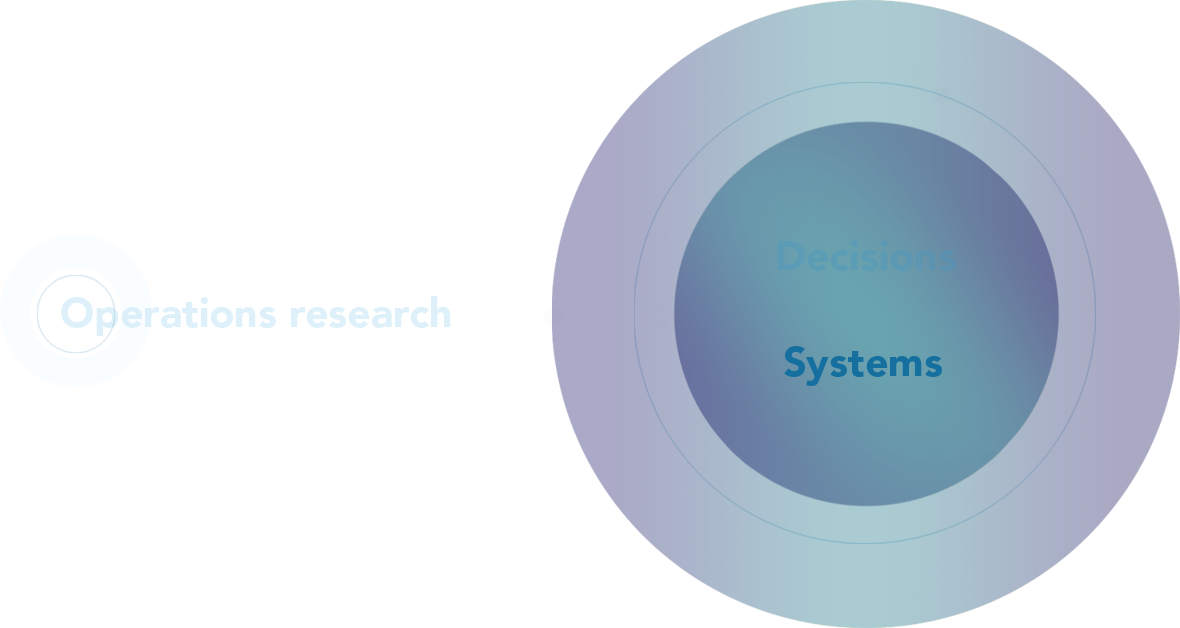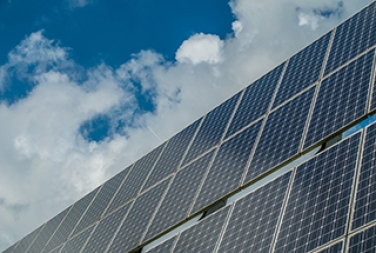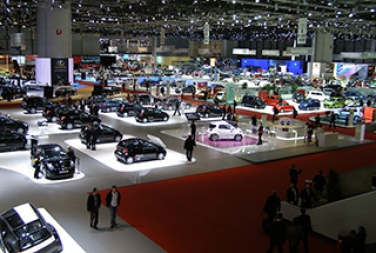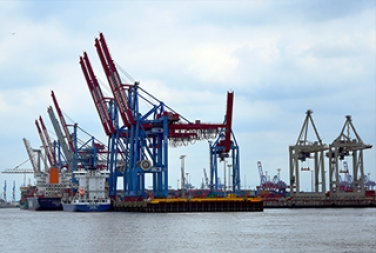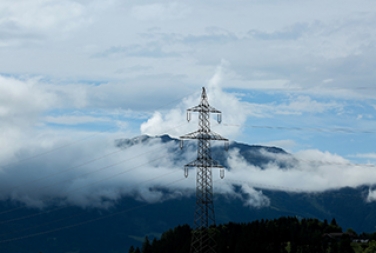EU-ENTICE
ORDECSYS participates in the EU-ENTICE project.
Since January 2025 ORDECSYS has started its participation in the HORIZON Europe EU-Project ENTICE, which will run until December 2028.
Enhancing our understanding of Trade Impacts on Climate, Industries, and the Environment
F. BABONNEAU and M. VIELLE have participated in a successful kick-off meeting held in Athens on 21/1/25 and 22/1/25 and bringing together all partners from across Europe.
SORMAC
Two recent publications are available in open access.
Our integrated assessment model, SORMAC, has been enriched and developed; two recent publications are available in open access.
1. F. Babonneau, A. Haurie, M. Vielle - A robust infinite-horizon optimal control approach to climate economics (in the journal Central European Journal of Operations Research (2025) 33:499–528)
and
2. F. Babonneau, A. Haurie, M. Vielle - A robust asymptotic control model to analyze climate policy with CDR options (in the journal Journal of Economic Dynamics and Control 177 (2025)105114)
A new contract with ADEME France
Optimisation and modelling of electrical systems for the island of Tahiti.
ORDECSYS is participating with ARTELIA in a contract for: Optimisation and modelling of 100% renewable and autonomous electrical systems for the island of Tahiti.
The expected service comprises two types of work:
(i) Methodological development and fine-tuning of a numerical tool enabling the various phases of the study to be carried out.
(ii) Application of this methodology and the software tool on the island of Tahiti.
A cooperation with GERAD/HEC Montreal
ETEM-H2 for Montreal region
From July 2023 to the end of 2024, ORDECSYS developed a scientific cooperation with a research group from GERAD HEC in Montreal, under the direction of F. Babonneau.
This collaboration has already been showcased in a publication.
In the journal
Publication
in OR-Letters
F. Babonneau, A. Haurie, M. Vielle, Reaching Paris Agreement goal through carbon dioxide removal development: A compact OR model. Operations Research Letters. In this publication, we propose a long-term economic growth model for three regions of the world forming coalitions in climate negotiations: the OECD, the emerging BRIC countries, and the rest of the developing world ROW.
Workshop on Dynamic Games and Applications
October 27-28, 2022
Alain Haurie was one keynote speaker at this workshop. His presentation was on: Variations on an oil and gas game model in a geostrategic climate policy context
A new publication in climatic change
Economic Assessment of the Development of CO2 Direct Reduction Technologies in Long-term Climate Strategies of the Gulf Countries
The ORDECSYS team has co-authored a paper published online in the journal climatic change.
This paper evaluates the possible role of carbon dioxide removal (CDR) technologies under an international emissions trading market as a way to mitigate welfare losses for GCC countries.
ENMO Publication
An Oligopoly Game of CDR Strategy Deployment in a Steady-State Net-Zero Emission Climate Regime
In this paper, we propose a simple oligopoly game model to represent the interactions between coalitions of countries in deploying carbon dioxide removal (CDR) strategies in a steady-state net-zero emission climate regime that could take place by the end of the twenty-first century. [more]
DGAA publication
Coupling a Power Dispatch Model with a Wardrop or Mean-Field-Game Equilibrium Model
In this paper, we propose an approach for coupling a power network dispatch model, which is part of a long-term multi-energy model, with Wardrop or Mean-Field-Game (MFG) equilibrium models that represent the demand response of a large population of small “prosumers” connected at the various nodes of the electricity network... [more]
Systems Approach to Regional Energy Modeling
A Systems Approach to Regional Energy Modeling with Smart Grid Integrated Distributed Energy Resources
We are pleased to inform you that our paper “A systems approach to regional energy Modeling with smart grid integrated distributed energy resources” has appeared in IAEE Energy Forum, second quarter link 2016, pp. 15-18.
Vers l'autonomie énergétique des ZNI
Synthèse et analyse comparative des îles de la Réunion, Guadeloupe et Martinique
Les résultats de l'étude 100% renouvelable la Réunion, Guadeloupe et Martinique réalisée par Ordecsys, Artelia et Enerdata est maintenant disponible.
Publication
L'article "From COP21 Pledges to a Fair 2oC Pathway" paraîtra bientôt dans la revue Economics of Energy and Environmental Policy
L'article "From COP21 Pledges to a Fair 2oC Pathway", écrit par Fréédéric Babonneau, Alain Haurie et Marc Vielle, paraîtra bientôt dans la revue Economics of Energy and Environmental Policy.
